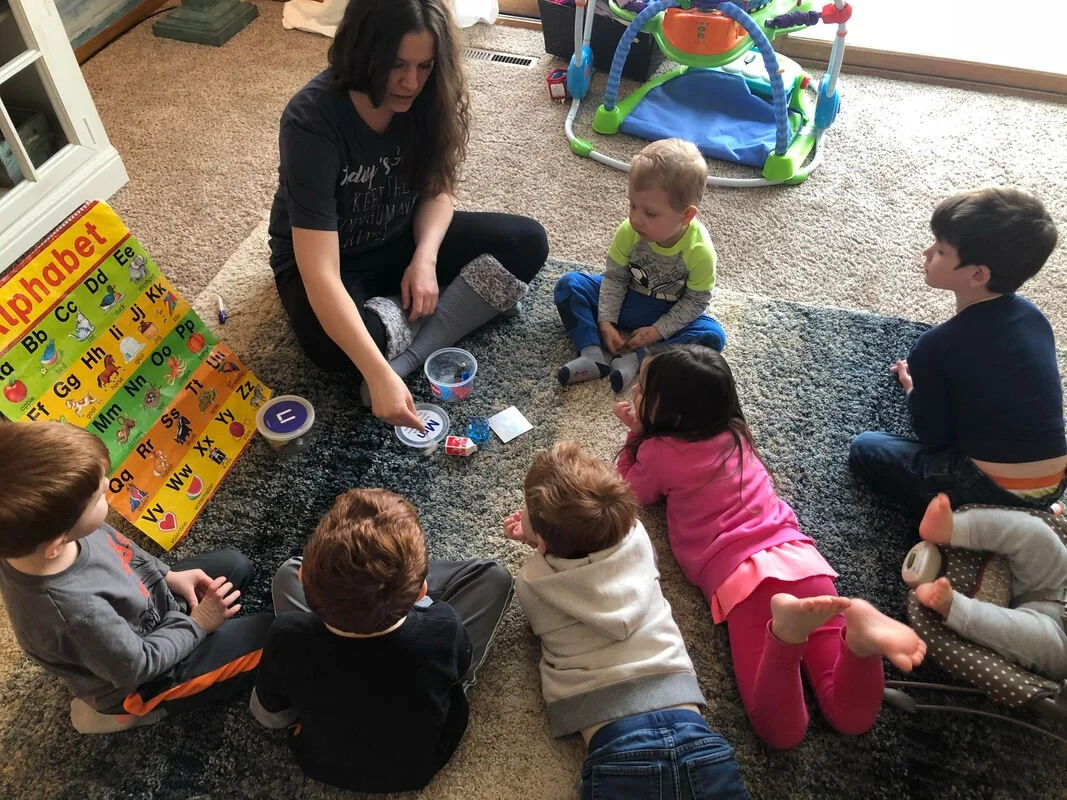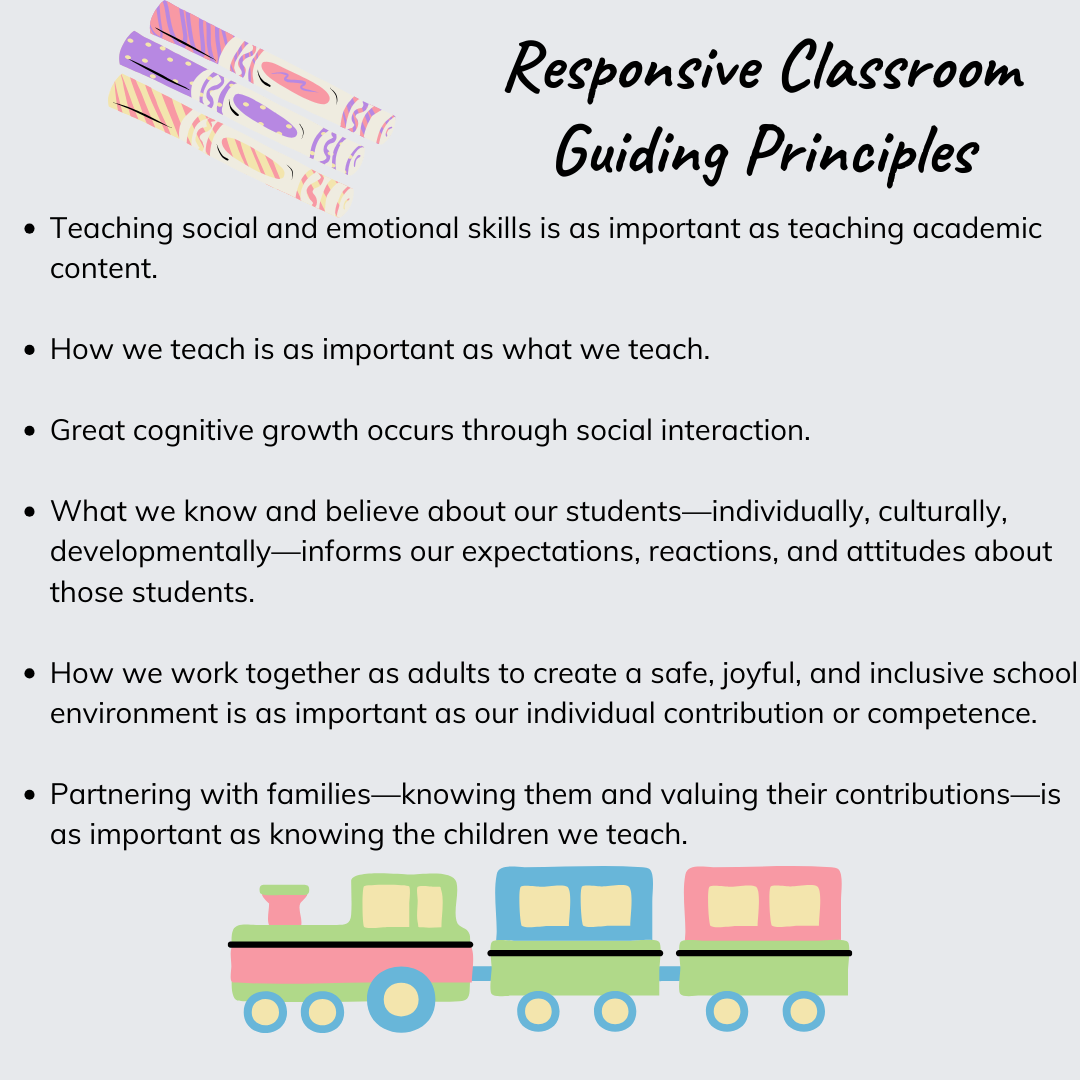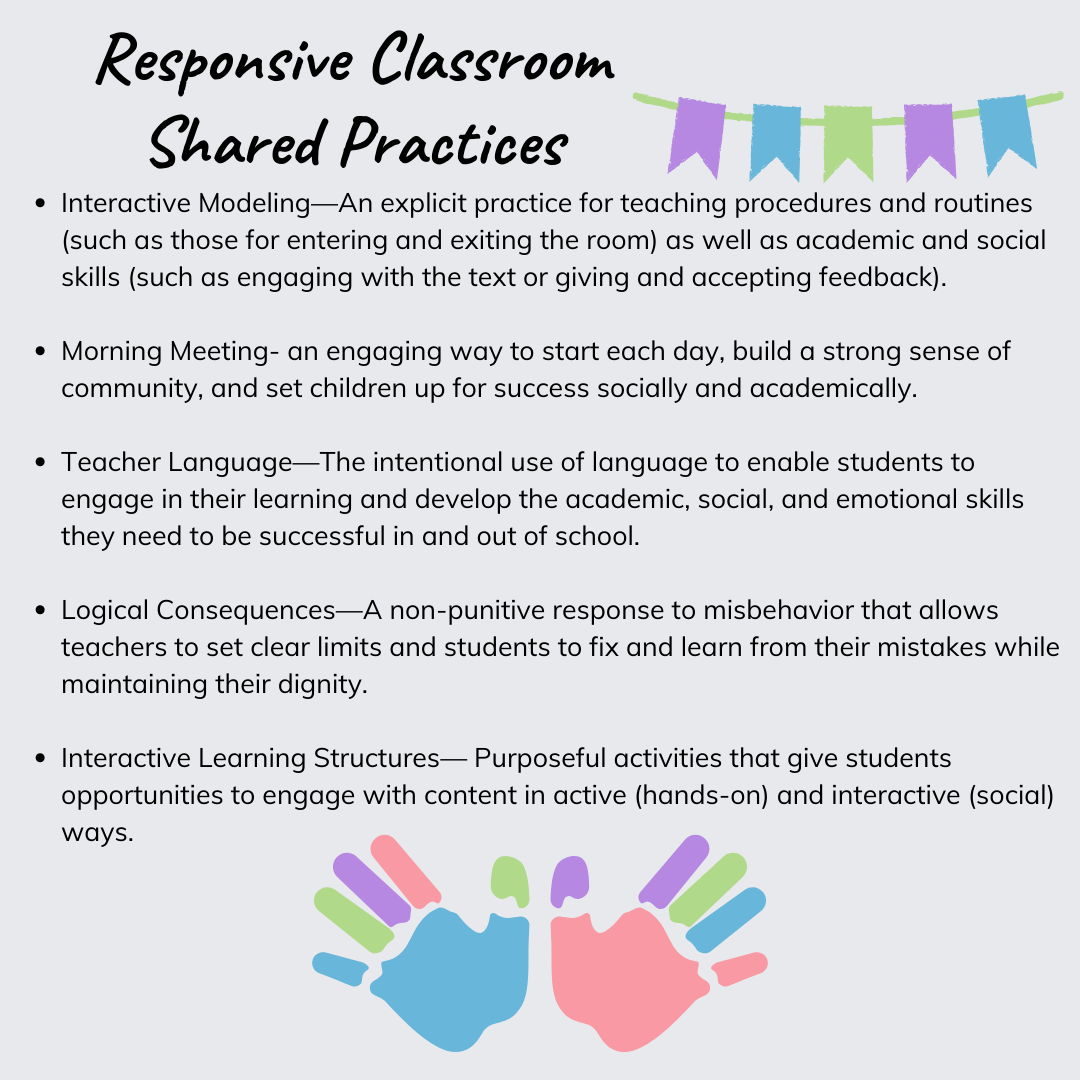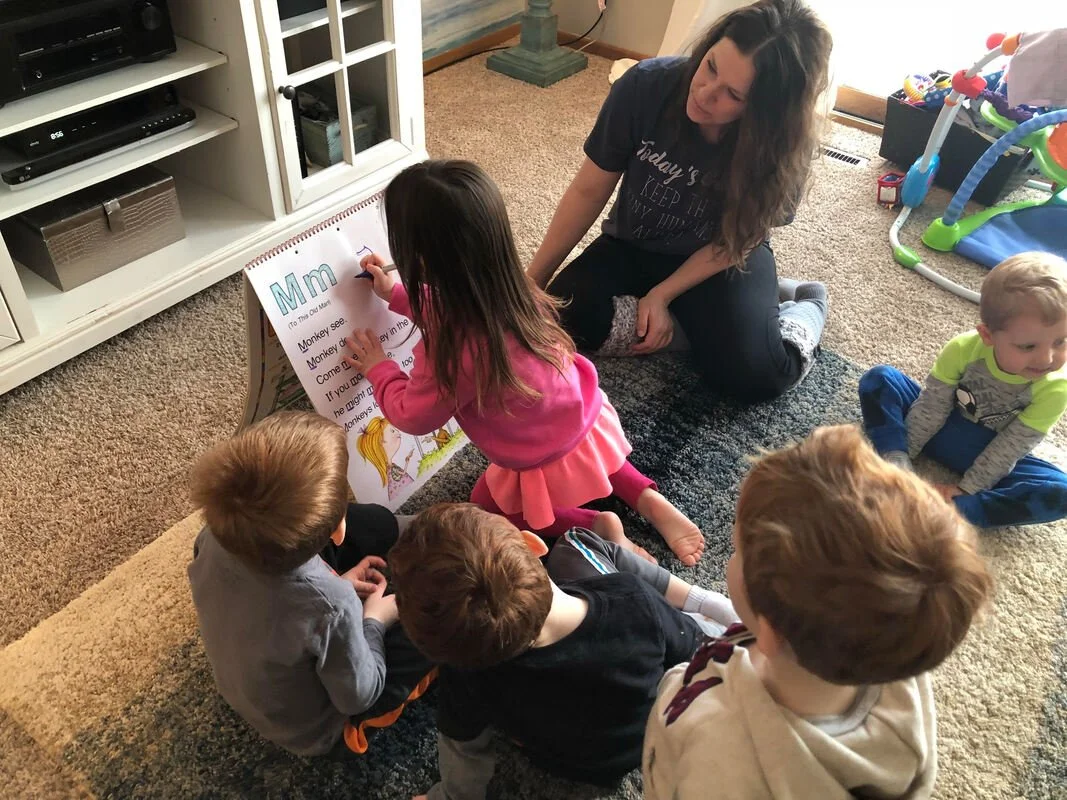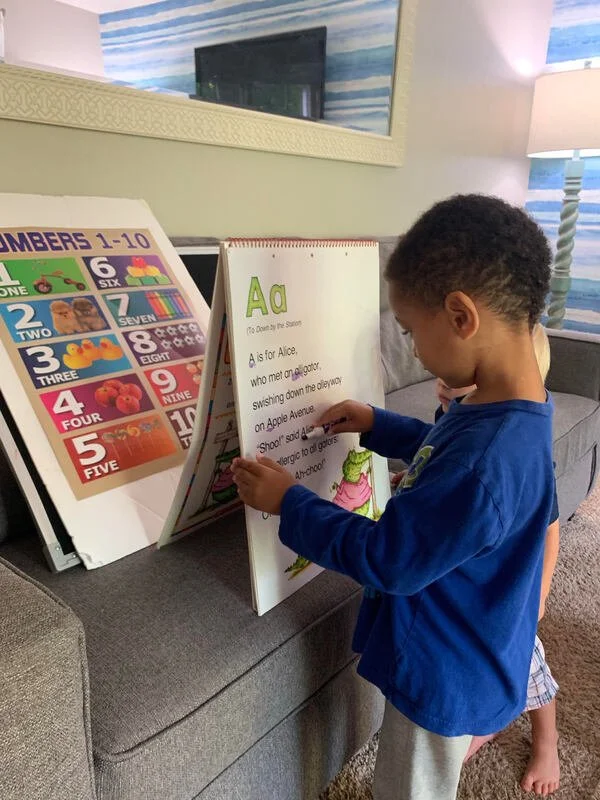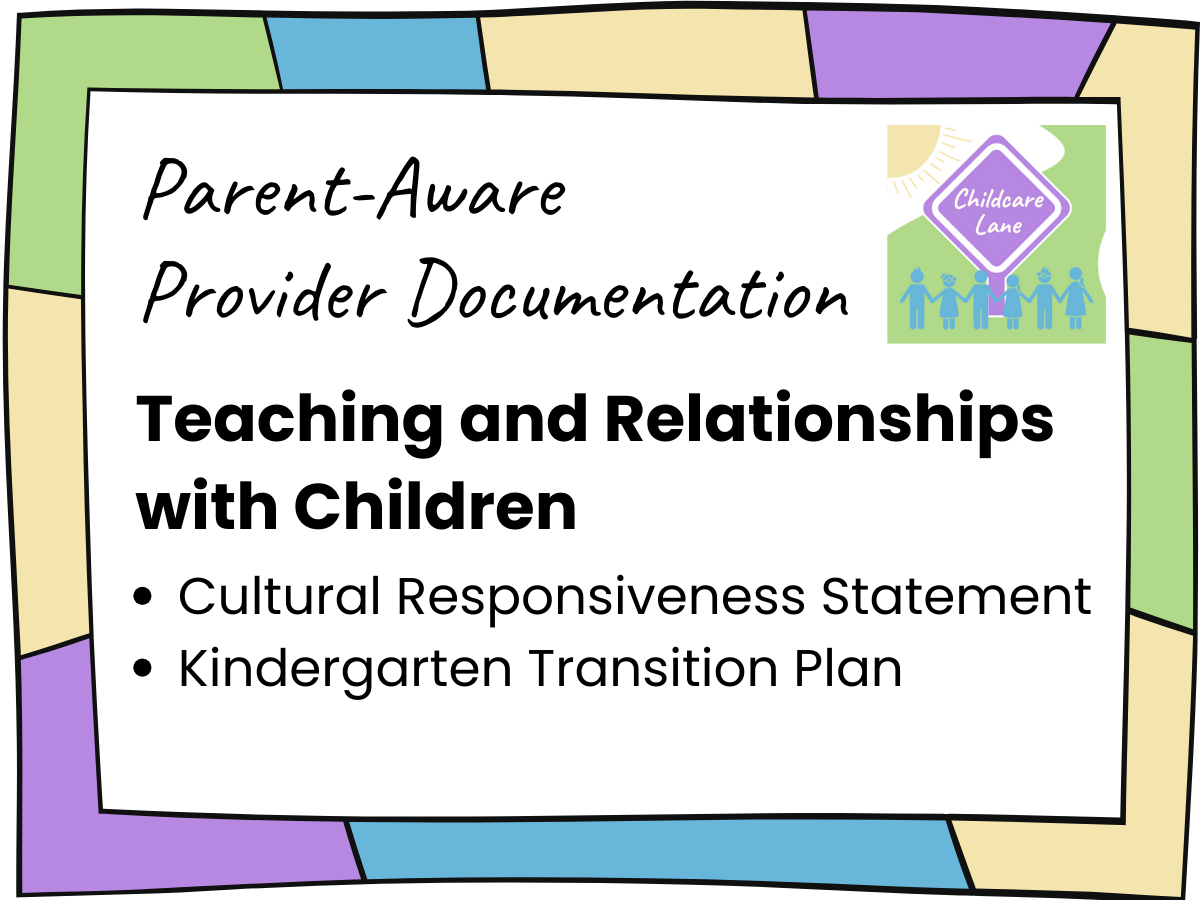
Teaching and Relationships with Children
Framework
In childcare, teaching and relationships are the cornerstones of a child's early development. Teaching fosters intellectual growth, language abilities, and essential life skills, providing children with the tools they need to explore the world and build a strong educational foundation.
Equally important are the relationships formed with caregivers and peers, as they shape a child's emotional well-being, social skills, and sense of security. These bonds lay the groundwork for trust, empathy, and a lifelong love for learning.
Together, teaching and relationships create an environment where children can thrive, fostering their development and setting them on a path towards a bright and promising future.
Schedule and Curriculum
Choosing the right preschool curriculum is crucial for a child's early development, and I love the one I've selected for my childcare program. This particular curriculum not only emphasizes academic readiness but also promotes social and emotional growth. It's filled with engaging activities and age-appropriate materials, sparking curiosity and creativity. It aligns perfectly with the goals I have for the children in my program. See our Lesson Plan here.
Play and Interactions
Information Found on
www.ResponsiveClassroom.org
I practice the Responsive Classroom strategies to help manage children's behavior. These strategies proactively teach positive behaviors and create a strong community. The information below is from the responsive classroom website.
Core Belief
Children need to learn a set of social and emotional competencies—cooperation, assertiveness, responsibility, empathy, and self control, and a set of academic competencies—academic mindset, perseverance, learning strategies, and academic behaviors.
Learning and Belonging
Greetings
Every child is greeted by name from me and the other children.Story Time
We read stories about friendship, sharing, taking turns, rhyming, ABCs, holidays, social stories (going to the dentist, doctor, etc). Of course we read the classics too!Academics
ABC Chart- We sing the ABCs and practice each letter sound
Letter Tubs- Items discussed that all start with the letter we are practicing that week
(A-apple, alligator, ant, anchor, acorn, arrow).Rhyming games, animal cards, and movement activities
Singing
Head, Shoulders, etc, Wheels on the Bus, I’m a Little Teapot, Old McDonald Had a Farm, Ring Around the Rosy, Five Little Speckled Frogs, Row, Row, Row Your Boat, Itsy Bitsy Spider, Monkeys Jumping on the Bed, and more!
Letter of the Week
Poem Chart
We dance to a Letter of the Week song. The children help identify words that begin with that letterABC Binder
Children make two art projects a week to put in their bindersSalt Trays
Each child has a salt tray for tracing and writing the letterLetter Tubs
Children take out two letter tubs and sort the items by letter sound. For example, they have the letter tubs A & B. They would take all of the items out of the tubs, mix them up, and then sort them by beginning letter sound.
(Similar to our circle time but with the added component of sorting).Workbooks
All children three and older have a letter workbook- Handwriting Without Tears.
Beginner Reading/Writing Skills
Leveled Reading Books
I use beginner reader books. These books offer repetition and practice high frequency words. We reread the same book several times and then send it home to read and practice with family.High Frequency Words
We practice reading and writing high frequency words. I follow a list that starts with the easiest words to learn and build from there.Word Family Practice
I make word cards that have rhyming words to help build confidence and success with rhyming words.Blending Segmenting
I use CVC (consonant, vowel, consonant) picture cards. We practice segmenting the words into separate sounds, then blend the word back together. We practice this by sounding out words on our arms or with picture boxes.Writing Letters & Words
Once children can write letters independently, we practice spelling words taught with the various activities listed above.Writing Names
The children learn to write their names in a few stepsPractice spelling their names aloud
Trace with paint, crayons and markers
Form the letters on the salt tray
Write the letters with crayons on paper
Art Projects and Science
Body Sytems Project
Teach children about the circulatory, muscular, skeletal, nervous, respiratory systems
Step by Step Instructions and objectives available: CLICK HERE
Cutting & Glueing Workbooks
Painting
Painting with various items: cars, dinosaurs. etc
Drawing on tables with pudding, flour, cool whip
Baking and Creating Treats
The children help find ingredients and follow steps to make yummy treats.Playdough
Our Parent-Aware Provider Documentation are downloadable materials that have been thoughtfully created to empower caregivers. These documents will give you the knowledge and tools that you need to meet each indicator within the Teaching and Relationships with Children standard and provide you the 4-star Parent-Aware rating you deserve.
Click here to access the Free
Teaching and Relationships with Children Parent-Aware Provider Package.

